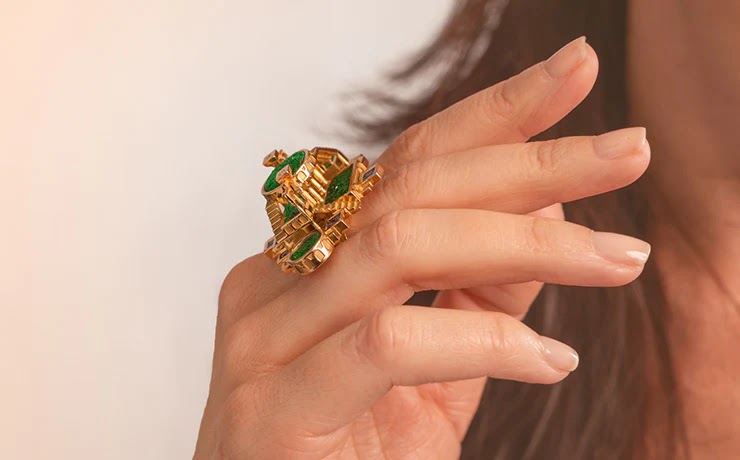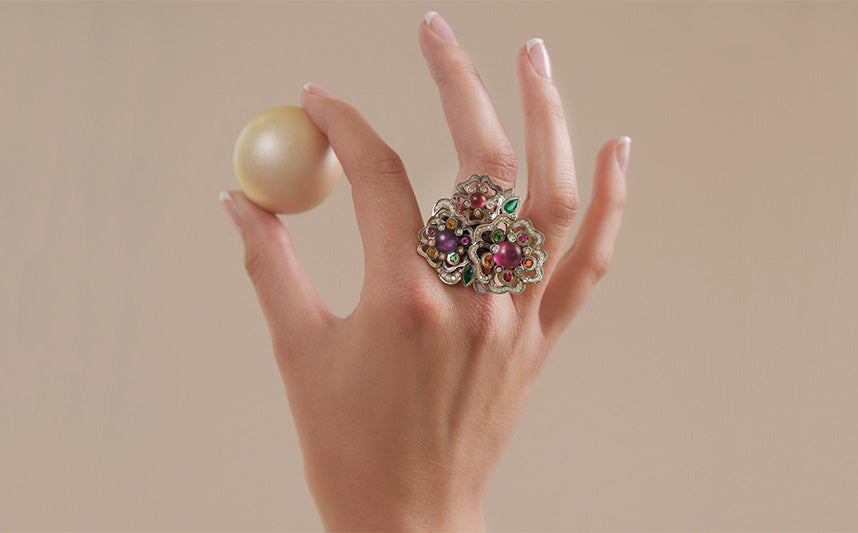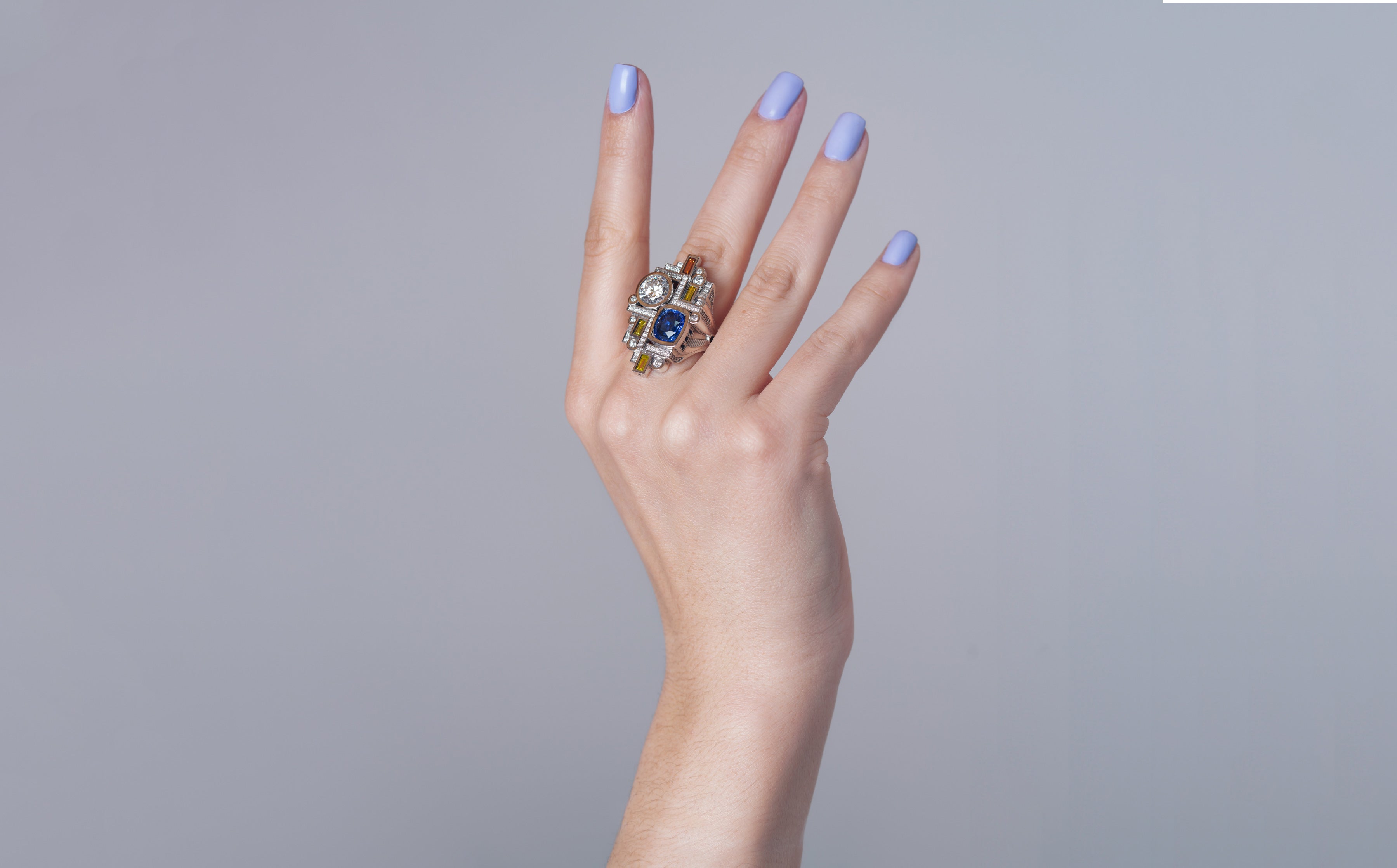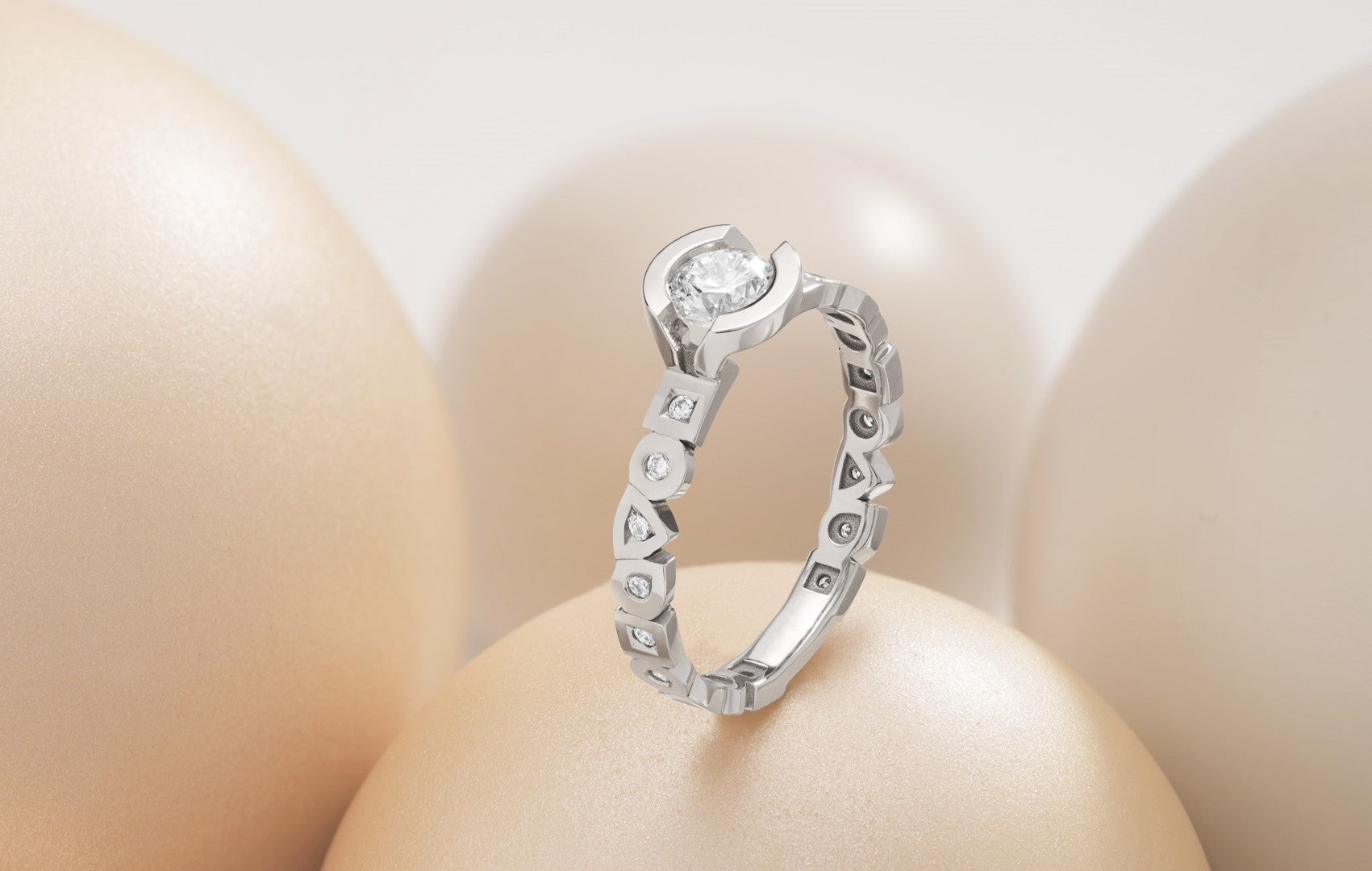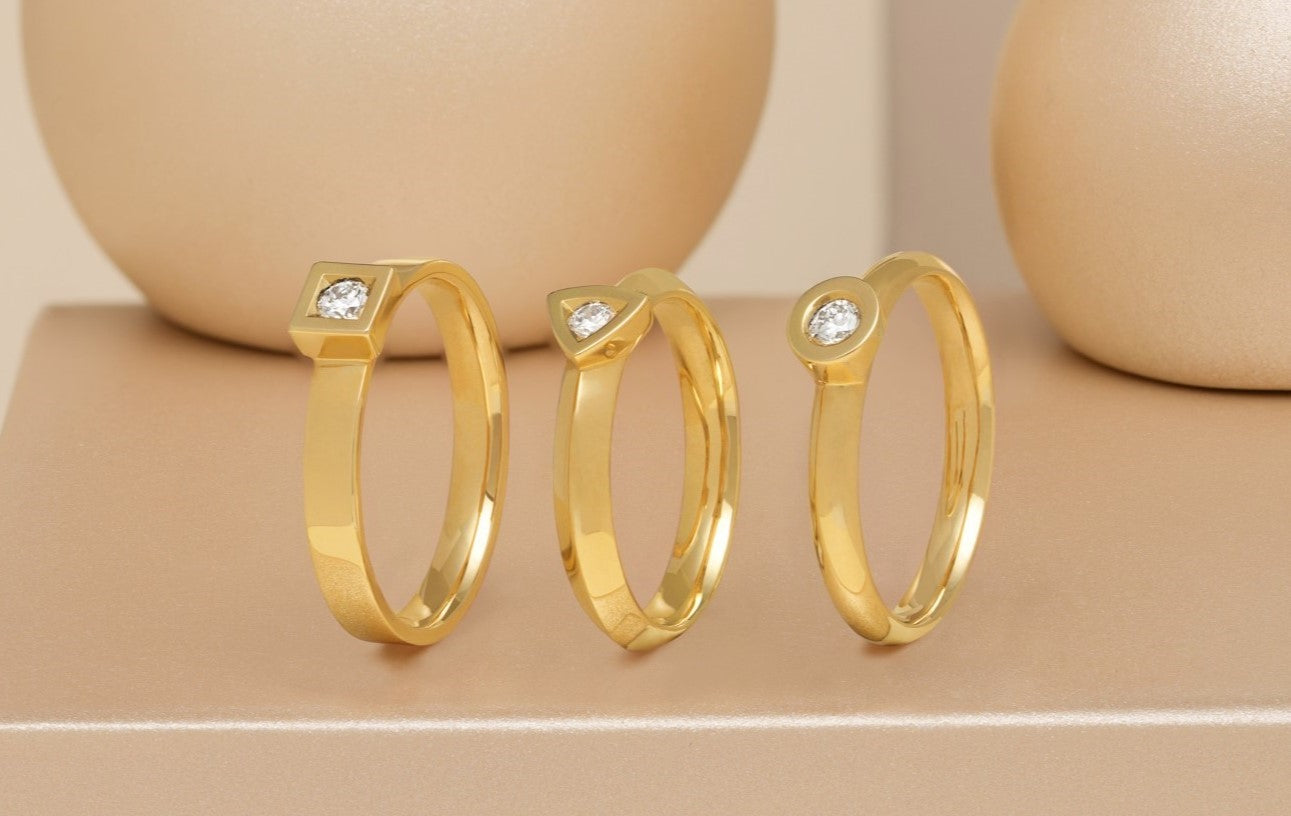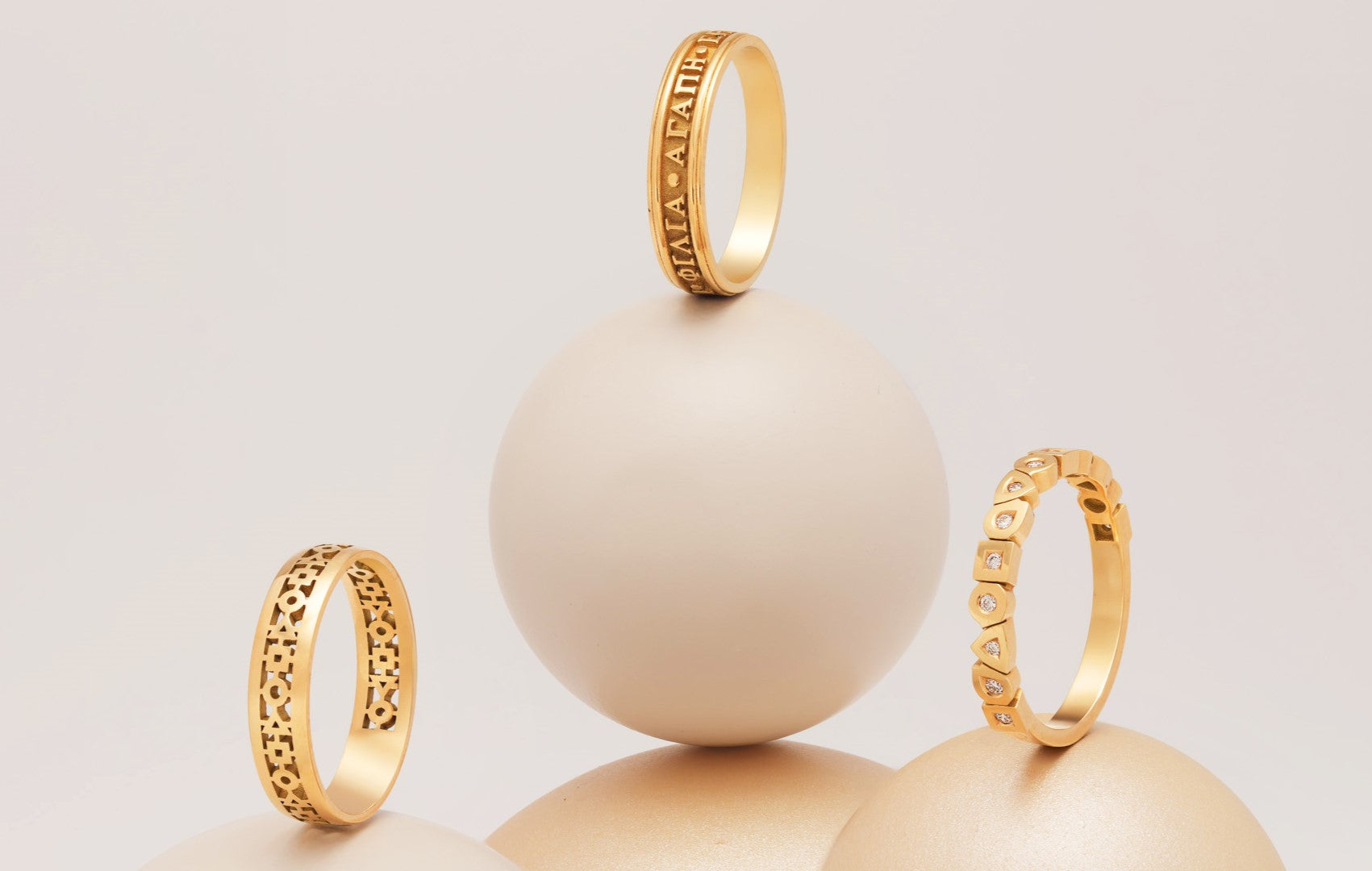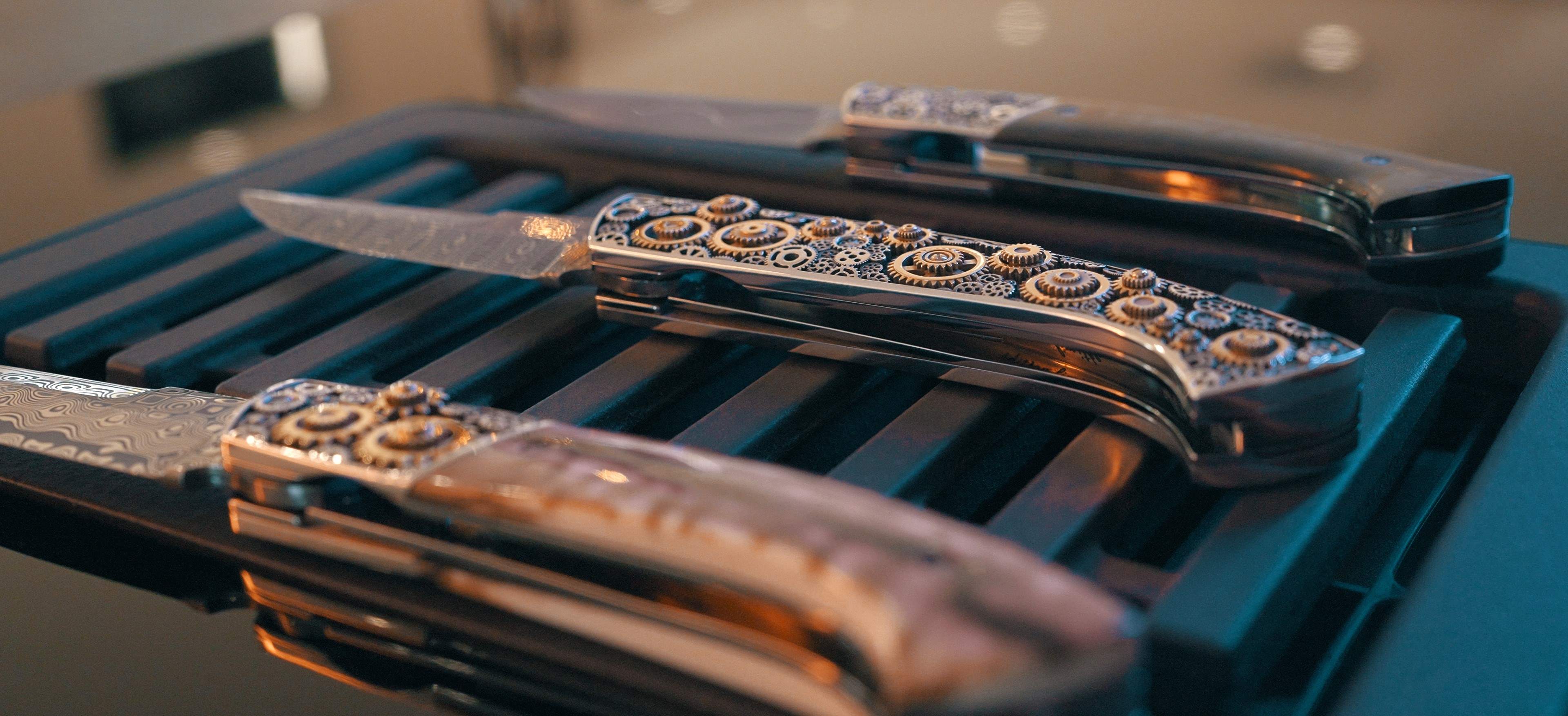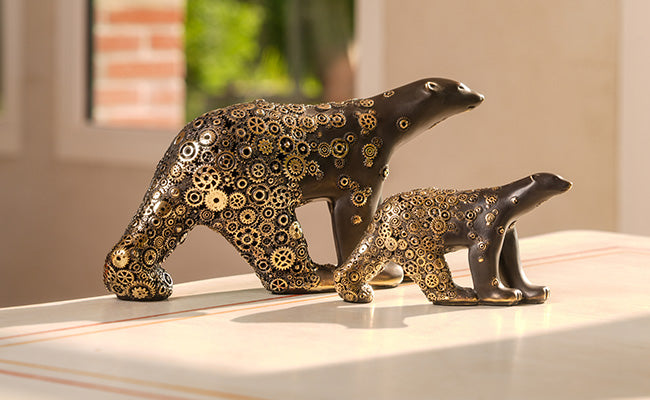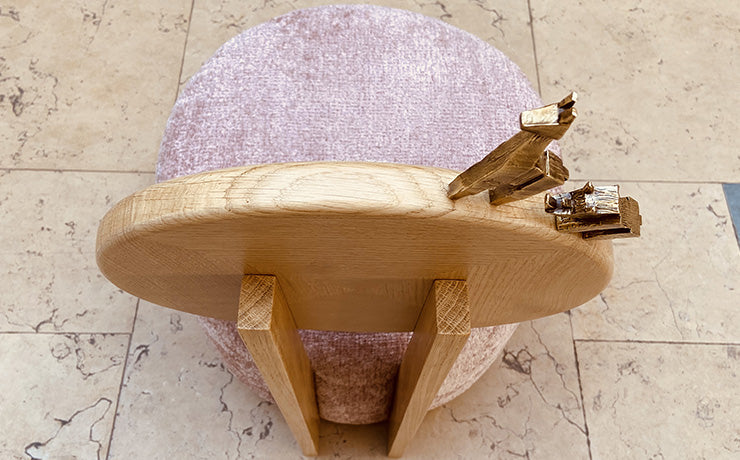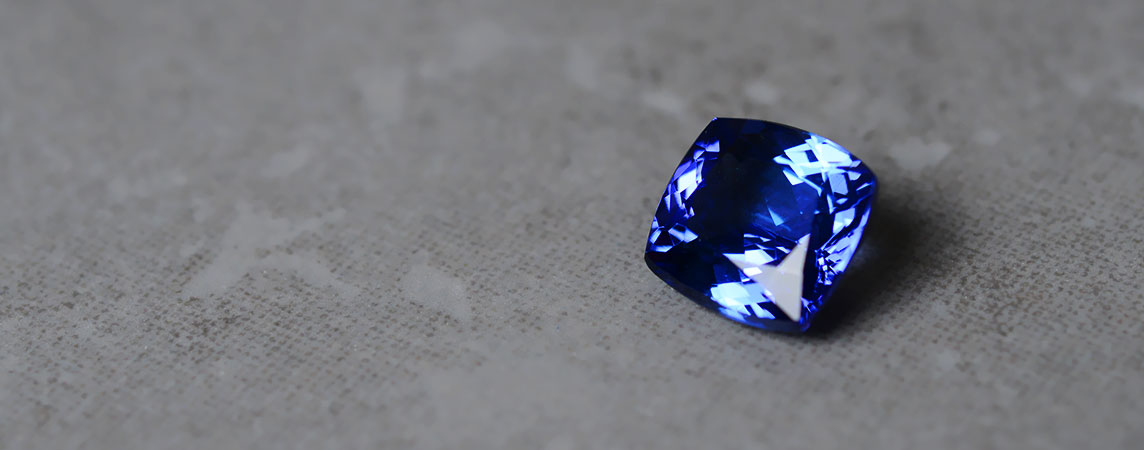
TANZANITE
Tanzanite
La Tanzanite, l’histoire d’une des plus belles transformations du XXème siècle. A l’état brut, elle se montre sous forme de prisme strié, à facettes multiples. Elle doit sa couleur bleue dominante à un élément chimique appelé le vanadium.
Legend has it that one stormy day, lightning struck a purple Merelani tree, setting fire to the Tanzanian savannah. The brown zoïsite crystals on the ground were heated to the core by the flames. Shortly afterwards, the Masai people discovered that these stones had magically turned intense blue! This beautiful transformation would later be known as tanzanite...
It is estimated that this stone was formed around 585 million years ago... But it wasn't until 1967 that this beautiful violet-tinged blue gem was discovered! This latest find seems all the more extraordinary given that there is only one known deposit in the world to date: at Merelani near Arusha in Tanzania. It was in this East African country on the edge of the Indian Ocean, close to Kilimanjaro, that tanzanite was born. The Masai people consider it sacred, as does its distinctive color, combining the blue of sapphire and the violet of amethyst.
Both unique and rare, tanzanite has gradually earned its place among the most coveted gems at Jewellery. The artisan jeweler Philippe Tournaire has incorporated it into sublime creations, putting it in the spotlight. And what a light it is! Sparkling tanzanite has the ability to play with light, revealing its deep blue, purplish hues or hints of burgundy.
Tanzanite technical data
La tanzanite fait partie de la famille des zoïsites (comme l’andalousite et la thulite par exemple). Il y a encore quelques décennies, les zoïsites étaient associées aux couleurs telles que le bleu pâle, le vert, le brun, le rose…Parfois même incolores. On les utilisait principalement pour réaliser de petites sculptures. Avec l’arrivée de la tanzanite dans la famille, une autre utilisation des zoïsites vit le jour, cette pierre étant taillée à facettes et de qualité gemme. La tanzanite est un silicate de calcium et d’aluminium, qui provient de veines dans du gneiss. A l’état brut, elle se montre sous forme de prisme strié, à facettes multiples. Elle doit sa couleur bleue dominante à un élément chimique appelé le vanadium. Sa dureté se situe entre 6 et 7, ce qui impose aux lapidaires de la tailler très minutieusement pour garder un maximum de matière tout en laissant apparaître la plus belle des couleurs. Sans intervention de l’homme, la tanzanite a des teintes marron.
It is common and accepted that most tanzanites are embellished by heating, which reveals their intense blue lustre.
C’est ainsi que les notes de marron sont très atténuées ou disparaissent. Ce procédé nous donne la possibilité de contempler la gemme dans toute sa splendeur, car on peut voir différentes couleurs de façon très distincte dans un même cristal, selon l’angle de vue (ce phénomène s’appelle le pléochroïsme). Ainsi, depuis telle ou telle position, la tanzanite peut nous montrer son plus beau bleu, ou encore ses teintes prononcées de pourpre, de violet…
The most popular tanzanites on the market are those with a very vivid blue or intense violet-blue to lavender color. There are imitations of this beautiful stone, given its fluctuating but growing success. As it comes from only one source in the world, supply does not always match demand. As a result, in the late 1990s, imitations began to appear. These include glass imitations and doublets with synthetic stones (such as synthetic fosterite).
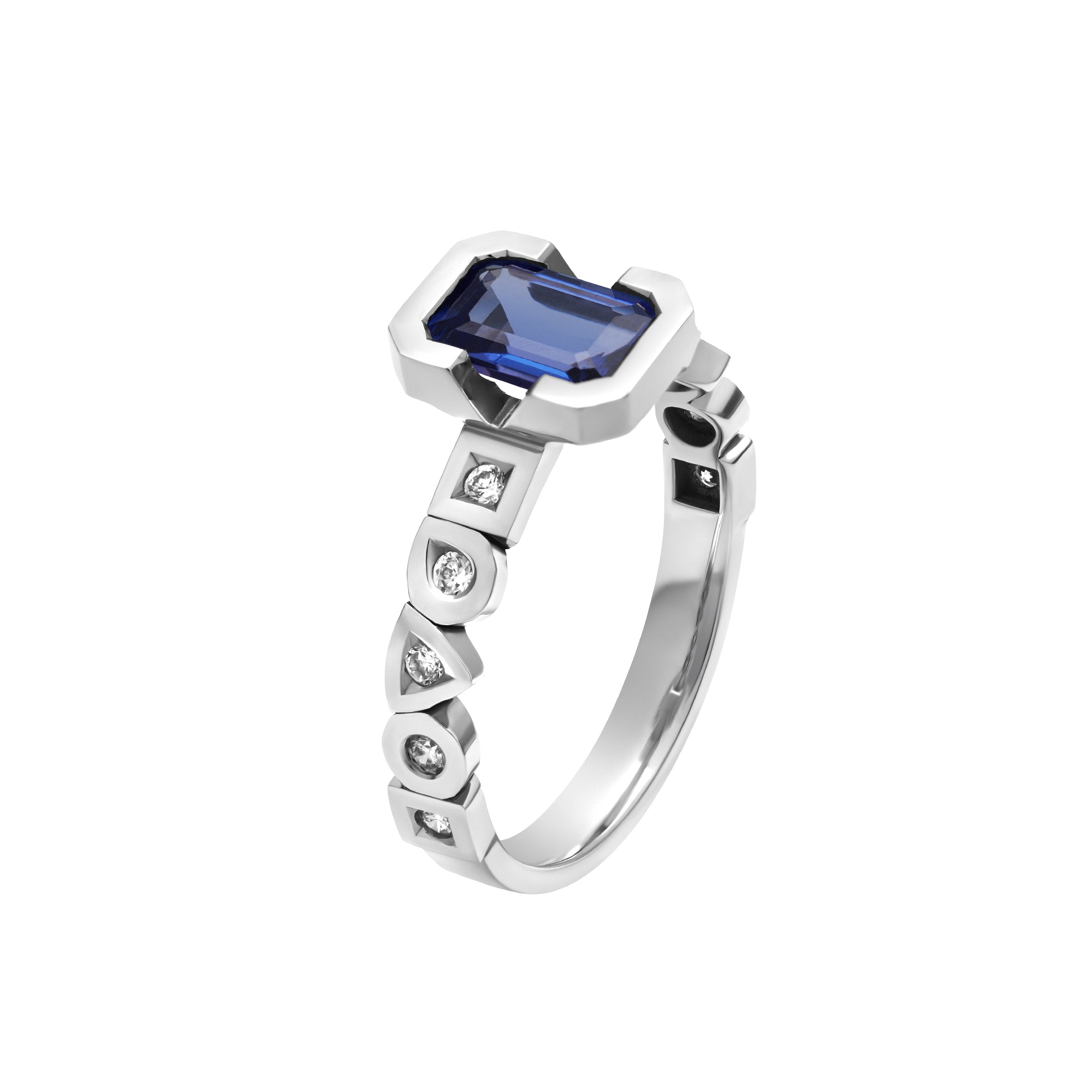
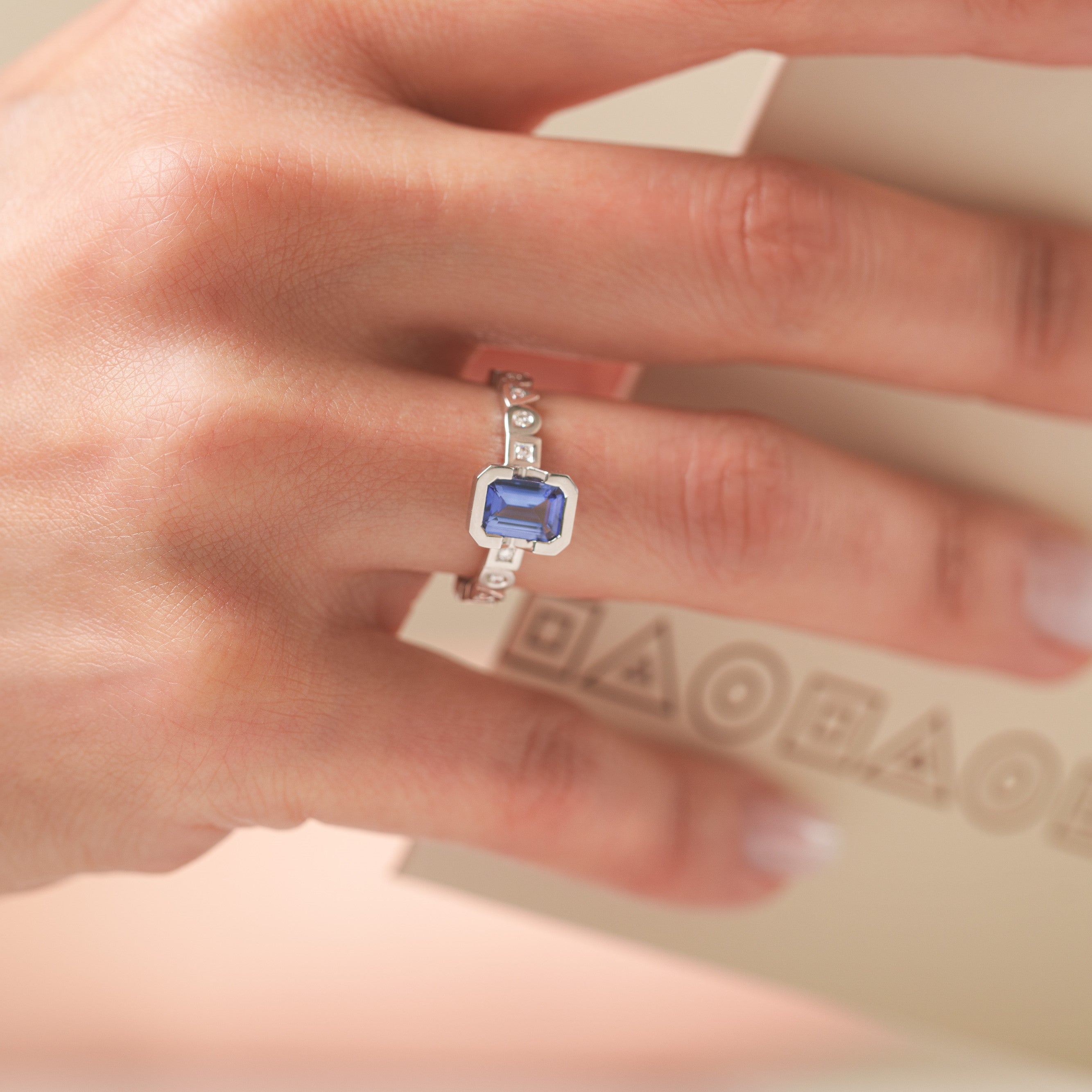
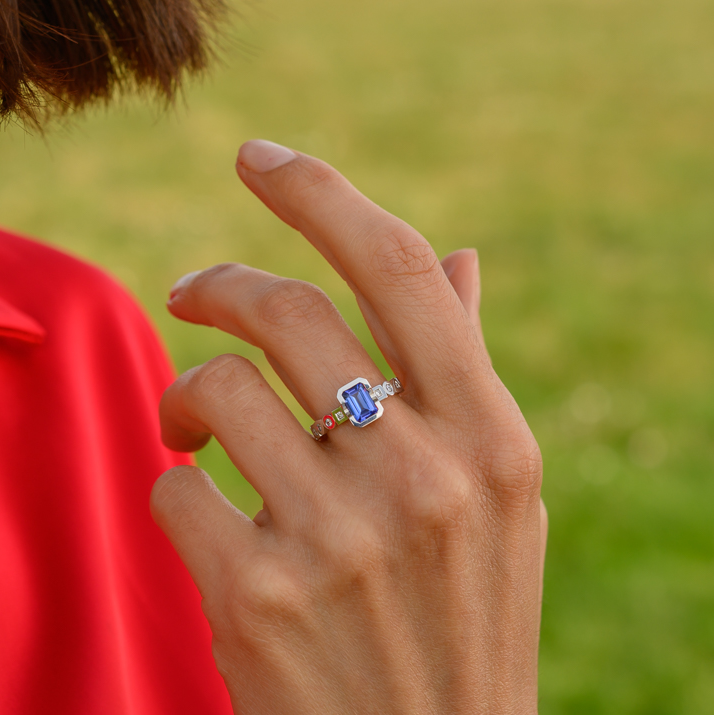
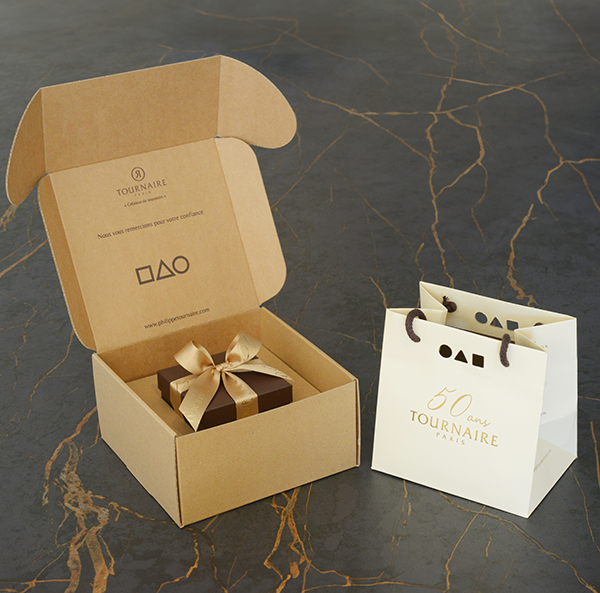
The guarantee of uncompromising craftsmanship
Our titles and labels





Made in France
Made in our workshop

100% secure payment
3x free of charge possible

Free delivery & returns
100% secure and free

Jewellery committed
Ethical and responsible jewelry

